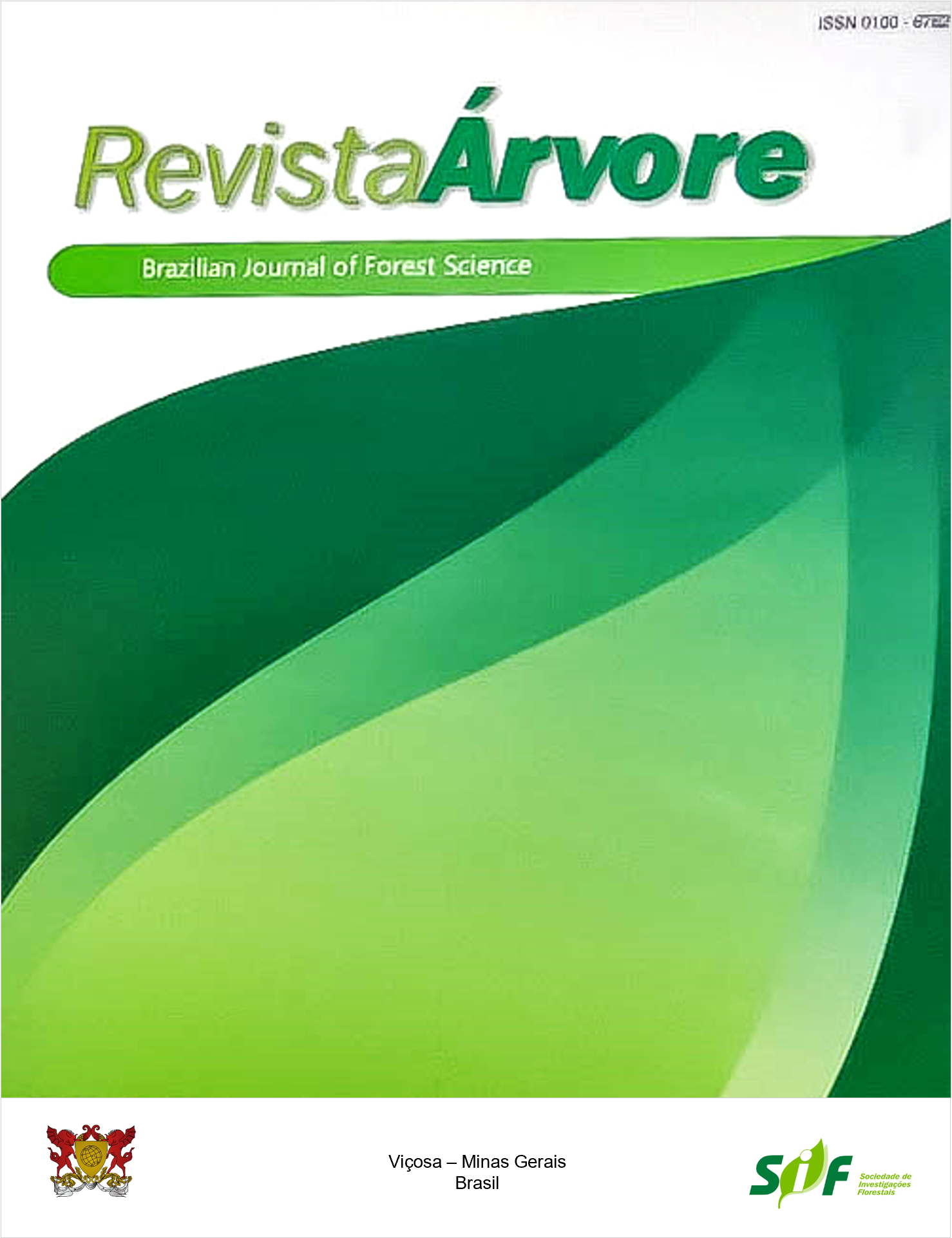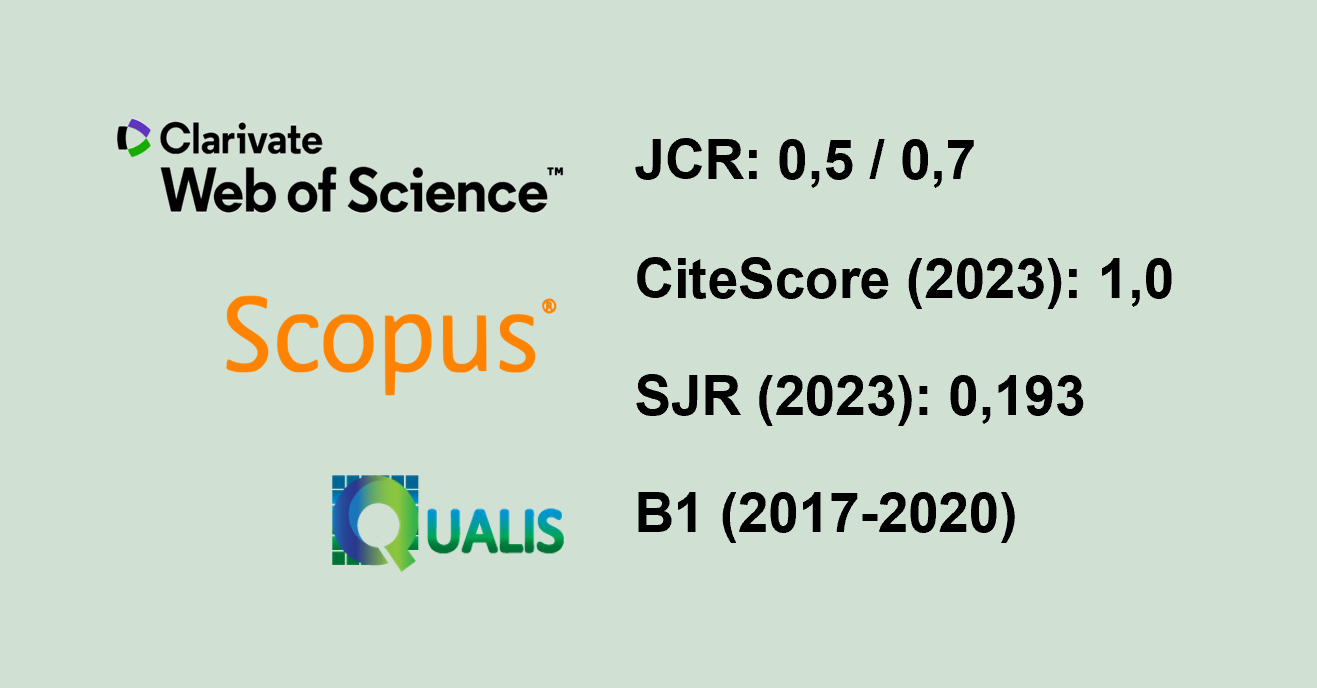PROPERTIES OF CROSS-LAMINATED TIMBER BONDED WITH AN ADHESIVE BASED ON TANNINS FROM THE BARK OF Mimosa tenuiflora TREES
Keywords:
Polyphenols, Cross-laminated timber, Brazilian dry forestAbstract
This study aimed to determine the concentration of condensed tannins in the bark of Mimosa tenuiflora (Willd) Poir trees. Additionally, the physical-mechanical properties of cross-laminated timber (CLT) panels bonded with an adhesive based on M. tenuiflora tannins were assessed. Bark was collected from five trees. The adhesive formulation was synthesized by mixing powdered tannins, paraformaldehyde, and water at 50 °C under continuous stirring. Bark tannins extract in its pristine state without any previous chemical treatment or modification was employed to synthesize the adhesive. Viscosity, pH, solids content, and gel time of the adhesive formulation were determined. CLT panels were manufactured with Eucalyptus spp. wood. The bonding performance was assessed by determining the physical (apparent density and water absorption) and mechanical (modulus of elasticity – MOE, modulus of rupture – MOR, and shear strength) properties of the CLT panels. Condensed tannins content in the M. tenuiflora bark was 23.4%. Adhesive properties were pH = 3.93, TS of 50.64%, gel time of 460 s, and 6,000 cP for viscosity. Values of MOE, MOR and shear strength were 4,411, 16.18, and 1.06 MPa, respectively. The M. tenuiflora tannins are promising for the formulation of adhesives to bond CLT.
Keywords: Polyphenols; Cross-laminated timber; Brazilian dry forest
Downloads
Published
How to Cite
Issue
Section
License
Copyright (c) 2022 Revista Árvore

This work is licensed under a Creative Commons Attribution 4.0 International License.
All authors agreed to submit the work to Revista Árvore and granted the exclusive license to publish the article. The authors affirm that it is an original work and has not been previously published elsewhere. The scientific content and opinions expressed in the article are the sole responsibility of the authors and reflect their opinions, not necessarily representing the opinions of the editorial board of Revista Árvore or of the Society of Forest Investigations (SIF).




